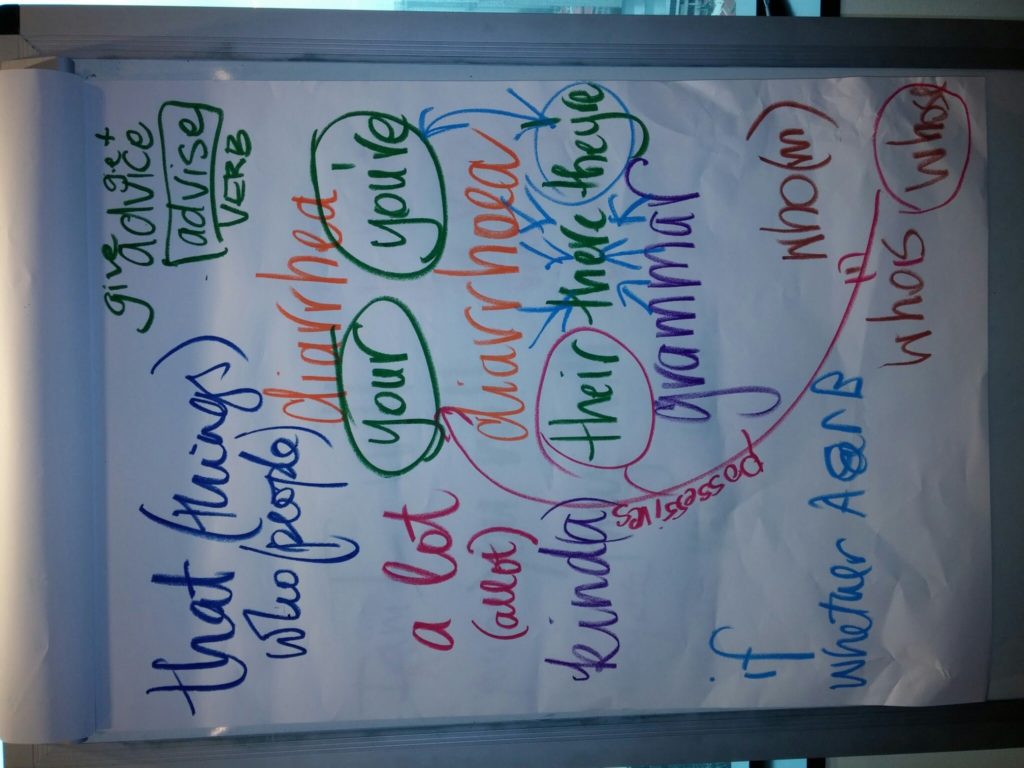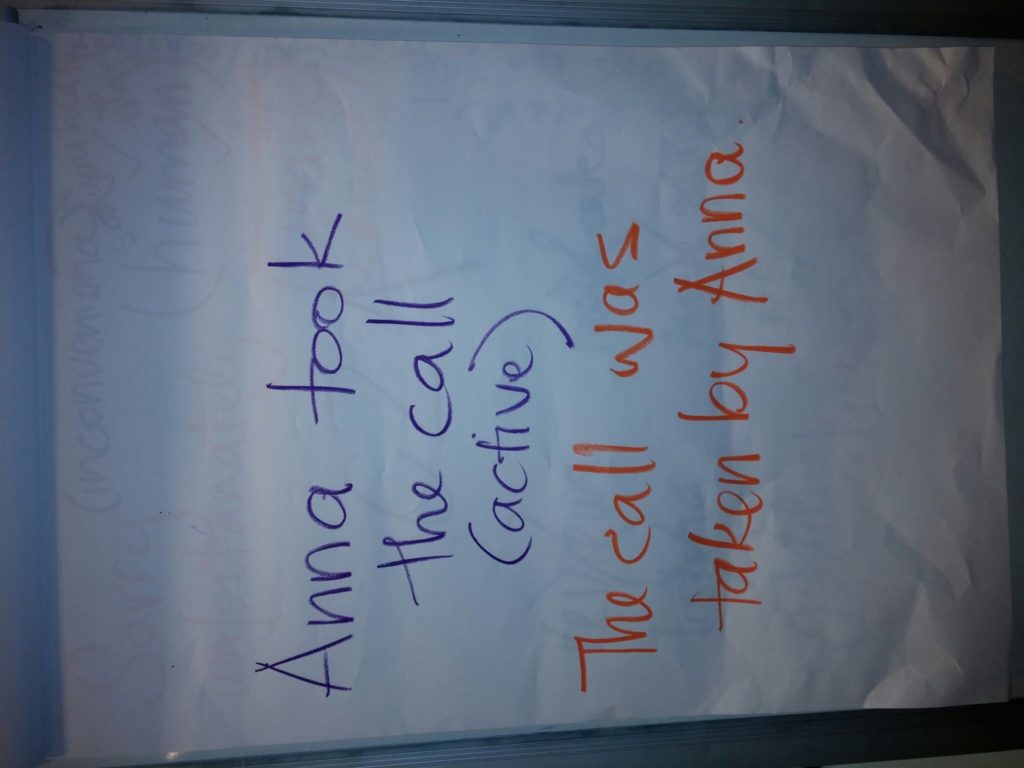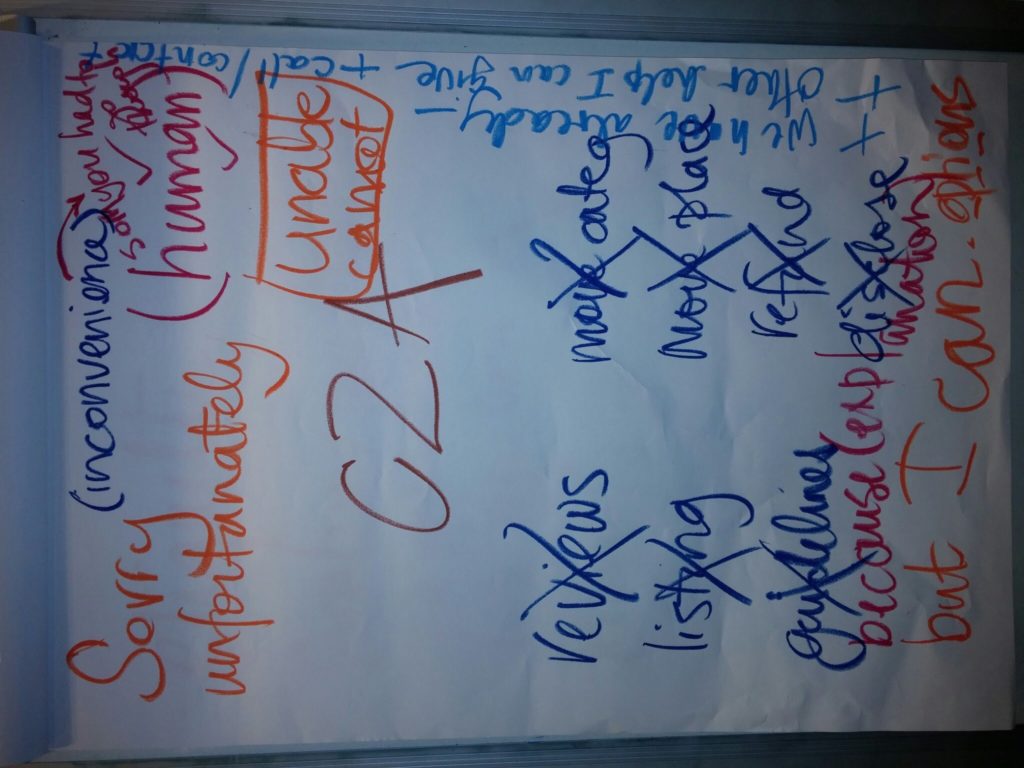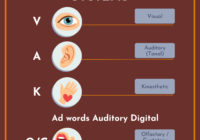Business writing is not complex, but without training people make some basic mistakes.
Here are some notes from a business writing program I designed in 2014.
Some of these ideas are probably basic now that AI can help you redraft, and in case you’d like to KNOW rather than have it done for you,
Get the right word
Firstly, here are some common misspellings. You can look them up.
- That is used for things.
- Who is used for people
- You give or get advice, but advise is a verb
- Your head, but You’re (you are) welcome. (your welcome means the greeting you gave or got, You’re welcome means you are welcome).
- Allot is to give things out (Ben allotted 3 cards to each player), a lot is many.
- Their is possessive: (Their mother is cool). They’re is short for they are: (They’re so happy). There is a preposition, which is grammar speak for “a place” (Their mother is over there, by the window.
- Kinda isn’t technically an English word. (We can kind of work around this problem). If you’re going to use it, write kind of instead (We can kind of workaround this problem). And in general avoid words like kind of or sort of, be more definite (We can work around this problem).
- Americans and English people spell many words differently. Set your spell check to work with your preferred language (there will be an organisational preference). American English simplifies words like diarrhoea (UK English) to diarrhea (US English dropping the “O”), or encyclopaedia (UK English) to encyclopedia (US English). Also the Americans spell words that sound like that have a Z in them with a Z (most of the time). For example Organisation and Organise (UK English) is Organization and Organize (US English where the S is now a Z
- If you have two options, then use Whether (whether we give you a refund or we give you a credit), not If.
- Who’s is short for who is (Who is the right person to speak to about this / Who’s the right person to speak to about this?). Whose is a possessive, it’s about who owns this thing: Whose gold bullion is this? If you’re in doubt, try changing any who’s to who is, and if it sounds wrong, then it probably is. Whom is different again, and it’s a much longer explanation. Here’s one. Generally I avoid using the word whom, it’s very formal, and few people know how to use it correctly, so I sound like I’m trying too hard!

Keep it actived
It’s easier for people to understand what you write if you use active tense rather than passive tense (word will check for this for you). Active tense says who did the thing you’re describing (Anna took the call). Start with the person who is doing the action, and it’s easier.
Passive tense makes the person who is doing the action a mystery (The call was taken). Or needlessly adds extra length to the sentence (The call was taken by Anna).

Speak like a human – say sorry
It’s important to speak like a human in your emails: Don’t say “We apologise for any inconvenience caused”. Say “Sorry, this is annoying”. See here and here for more on apologising.
Tell them what you need – a Call to Action up front
If you need them to do something (answer a question, fill out a form, make a time to meet), then put that up front – even if you say “see explanation later”. Better still put in the subject line. Remember people do not generally read long emails (they don’t often read all of the short ones).
Tell them what you can do
For customer service issues, it’s more important to tell them what you can do – that’s what they’re interested in really. So spend more time on that than what you can’t do (I can’t change your customer review, and i can do this…). Go one step further and say “I can’t (do what you asked), and I have already done this, this and this). No one likes to hear “computer says no” without any recourse.

If you’d like your team to learn how to do better business communications, then talk to me.

see more on





